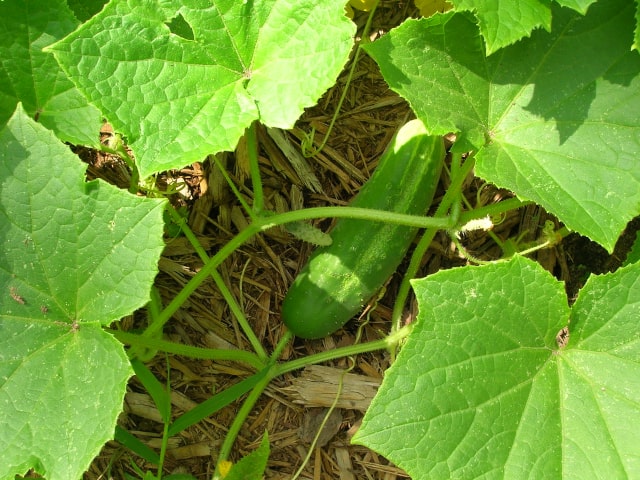
Harvesting vegetables is exciting because this is when your hard work in the garden truly pays out. You get all those tasty vegetables you can use in your kitchen. However, to make the most of it, you need to know how to harvest vegetables properly. When to harvest them is another important thing to keep in mind.
When it comes to harvesting, there's no one right answer. It all depends on the vegetable in question. Here is a handy list of vegetables including tips on how and when to harvest them for the best results.
Cucumbers
When it comes to cucumbers, as long as you keep harvesting them, they will keep coming. When they reach their mature size, you should pick them every few days for the best effect. To harvest them, use pruners or scissors. Simply snip the stem from the vine using these tools. This will prevent damage to the vine.
Beans
To check if beans are mature, simply pick snap beans every three to five days. In case the pods are allowed to mature, the plant will simply stop producing. This is when you should harvest dry beans. Make sure to leave pods on the vine until pods wither. After this, remove beans from pods. Find a cool location to dry them. When they are completely dry, store them in an airtight container.
Tomatoes
Tomatoes will slip easily off the stem when they are ripe. You should simply lift the fruit and twist. Also, keep in mind that ripe tomatoes have a bright color.
Peppers
Keep in mind that most pepper varieties can be eaten when they're still green. It's safe to harvest them as green, just make sure they are close to full size. However, peppers' flavor gets fuller when they are ripe. This is also when they change color to yellow or red (depending on the variety). Some peppers also have a different color. It all depends on the variety. What you need to keep in mind is that green peppers are those that are not ripe yet.
Carrots
Carrots should be harvested when they reach an appropriate size. Begin when they are about of a finger size. This usually occurs 30 to 40 days after sowing. It takes about 60 to 70 days for carrots to fully mature. Continue harvesting until all of them are ready. Keep in mind that carrots store well while in the ground in mild-winter climates, so if you live in an appropriate climate zone, you can simply dig them up whenever you need some.
Watermelon
You should harvest watermelon only when it's ripe. You'll know it's ripe by performing an easy test. Thump it and listen. Ripe watermelon produces a hollow sound. Also, check the underside for a pale yellow spot (make sure that the spot is not white). Make sure that the tendrils where the melon is attached to the stem are withered and dark. These are signs that a watermelon is ripe. Keep in mind that watermelon doesn't sweeten after it's picked so there's no point in harvesting too early.
Sweet Corn
Corn is best to be harvested after the visible silks have withered. Simply pull back husks and quickly pop a kernel. It can be done with ease with your thumbnail. If corn is ripe, it will produce a milky juice. In case the liquid is watery it means that the corn is immature and not ready yet. On the other hand, if it has a toothpaste consistency it means it's past its prime. Corn should be consumed as soon as it's picked. Straight away, if possible. If not, make sure to eat it within hours.
Potatoes
Dig them up after the plants die down, and after you've let them cure in the ground for two weeks. Store potatoes in a cool, dark, dry place.
Sweet potatoes
Sweet potatoes should be harvested before the first frost. Allow the roots to dry in the sun. After this, brush the soil off and store them. It's best to keep them in a warm, humid place (warmer then 85 degrees F) for about 10 days to two weeks. This will greatly improve the flavor. You can store them in a cool, dry place afterwards. Keep in mind not to keep them in a place that's colder than 55 degrees F.
Radishes
Radishes do best when they are harvested as soon as they reach their fool size. It's also when they have the best flavor. The mature size depends on the variety. For certain varieties, it can happen 3 weeks after sowing, while it takes more for the others. Just keep in mind to harvest them as soon as they reach their full size. Radishes tend to become woody if they are left too long in the ground.
Garlic
Garlic should be harvested in early summer, when the leafy tops fall over. When you see this happening, simply pick bulbs from the ground with a garden fork. It's a better method than pulling the tops. Once harvested, you should air dry the bulbs for a few weeks minimum. After this, cut off most of their tops and roots. Store bulbs in a cool place away from sunlight and with enough air circulation.
Bulb Onions
Bulb onions are best to be harvested in the summer. When their green tops begin to die on their own, which usually happens in early summer, it's important to stop watering. The onions should be lifted when their tops are almost dead. Leave them to cure for a few days on the dry ground. Pull the tops off when they are completely dry. Brush the dirt off the bulbs. Store the bulbs in a dark and cool place with plenty of air flow.
Green garlic
You can dig some of the immature bulbs in the spring. You don't have to wait for them to be fully mature. When garlic is not mature yet, the individual cloves are not fully formed and the skin is succulent and green. You can use them in the same way you would use scallions.
Winter squash
To know if winter squash is ready, look at their shells. Ripe shells are fully hardened. Only when you observe the shells being hardened is when you should remove the squash. make sure to remove it from the vine along with an inch of stem. It's best to store it in a cool, dry place to preserve it for a long time.
Summer squash
Summer squash should be harvested when it's small and tender. It ensures the best flavor. With summer squash, you need to choose the right moment to harvest and you should never allow it to overgrow.
Eggplant
Eggplant should be harvested once it develops some color. However, make sure to do it before it loses the glossy shine. It's best to use pruners or scissors to cut off the eggplant. Make sure to leave about one inch of stem attached to the fruit when harvesting.
Beets
To harvest beets, poke into the soil around the crowns to check how big they are. Make sure to do it gently so you won't damage the plant. You should start harvesting when they are about 1 to 3 inches wide. Don't allow them to grow bigger than this: it would make them all woody.
Snap peas
To harvest snap peas, simply pick the pods when they are all plump and filled out. Remember, the plant will stop producing when the peas (their seeds) are allowed to ripen. Keep in mind that the vines can be brittle so you can avoid to break them by simply holding the stem with one hand and pick the pods with the other hand.
Artichokes
It's important to know that the part of artichoke used as a food is the flower bud of a giant thistle. To harvest it, it's important to snip the buds along with about 1 1/2 inches of stem. Make sure to do it while they are tight and plump. Remember: artichokes are inedible after they flower. However, that doesn't make them useless. You can still cut the purple blooms and use them for bouquets or you can simply leave them on the plant for bees.
Basil
Basil is very easy to harvest. All you need to do is to pick them and use them as needed. Remember that you can keep it fresh by simply placing its stems in water. Keep in mind to remove flowers when you see them developing. This will make the plant to invest its energy into growing bushy leaves instead of seeds, so there's more edible parts for you to pick and use for your meals.
Cantaloupe
To harvest, you should simply lift the fruit and twist. Ripe cantaloupe will simply slip easily off the stem. In case that doesn't happen, the fruit is not ready and you should wait a bit longer. Another indicator of ripeness is a pleasant scent the plant gives.
Tomatillos
It's best to harvest them when the papery outer casings begin to split. Make sure to remove the husks and rinse off any sticky residue before you eat them.
Photo credit: Joe Quick
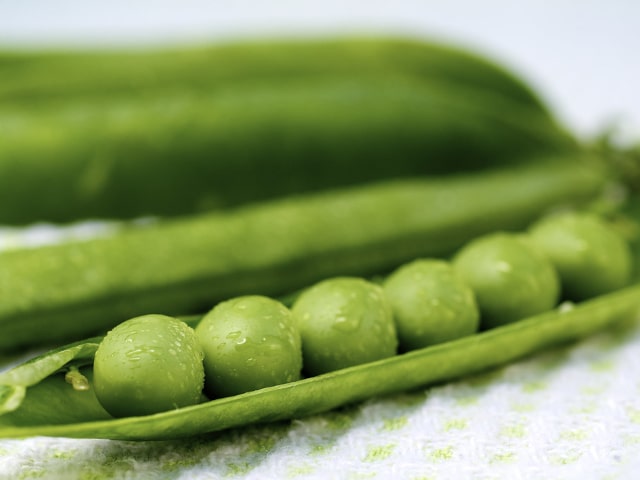
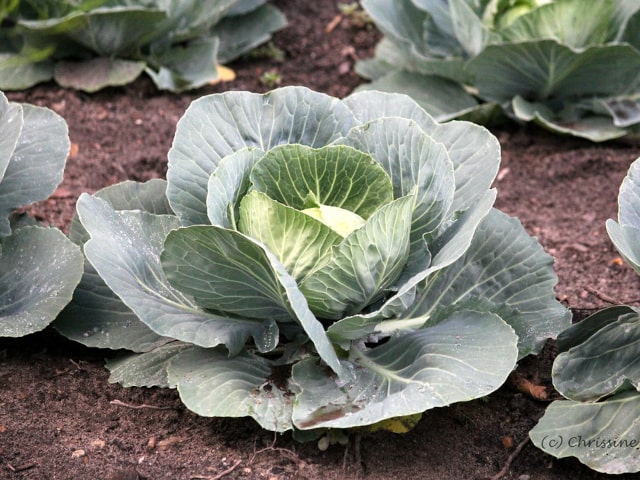
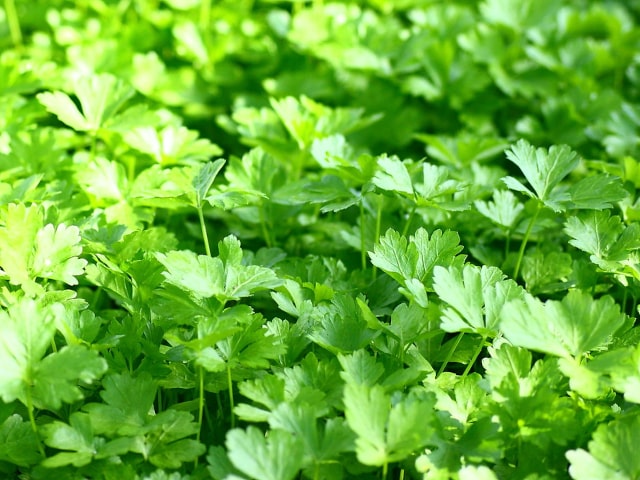
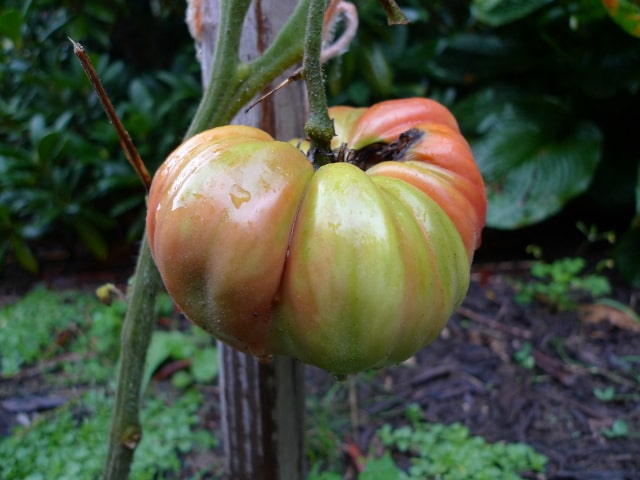
0 Comments